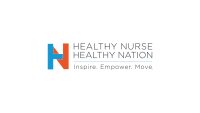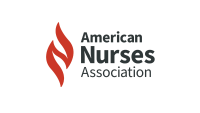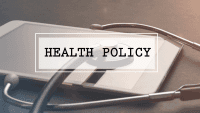Work together and share processes to ease documentation workload.
Many of us chose nursing as a career because of a strong pull to take care of others, provide comfort, and leave each interaction better than when it started. It’s a calling. We’re experts at providing holistic care at many levels—from placing an I.V. catheter for fluid administration to implementing community-based preventive strategies that benefit populations. We also use many tools, including those that help us document our work.
Since the days of Florence Nightingale, nurses have understood the importance of documenting interventions, patient responses, and data collection to improve overall practices. The American Nurses Association’s guidelines on nursing documentation highlight its importance to communicate effectively; provide records for legal purposes, government agencies, and accrediting bodies; and demonstrate nursing’s contributions to patient care.
Somewhere along the way, though, nursing documentation has become burdensome. Electronic health records (EHRs), for example, were presented as a way to make documentation easier, but with staffing shortages and additional tasks falling on nurses, documentation has become a significant stress factor. It adds to dissatisfaction, especially when nurses don’t have sufficient time and resources to support documentation activities, or when documentation doesn’t align with direct care.
We need to change the narrative to support documentation and bedside care. We must maximize the time nurses spend with patients and recognize the integral role documentation plays in the bigger, holistic picture of care.
In a 2020 position paper, the American Nursing Informatics Association Board of Directors presented a framework for easing the burden of EHR documentation. It emphasizes that this burden has many causes and requires an interprofessional approach to reduce it. The paper outlines six domains of burden: reimbursement, regulatory, quality, usability, interoperability/standards, and self-imposed. An interconnectedness exists among the domains, but some areas require more focus on a state or national platform (reimbursement), while others can be tackled at an organizational level (self-imposed).
At my five-hospital organization, we work to make documentation more efficient, not necessarily to reduce the amount. If we improve quality, we can offload the burden and add value to the time nurses spend documenting. A core group of bedside nurses representing specialty areas from each hospital collaborates with subject matter experts and clinical informatics managers to drive this process. The team began by establishing expectations with a set of guiding principles to ensure preservation of pertinent documentation. Discussions focus on identifying how to make documentation clear, concise, accurate, timely and reflective of nursing practice, and ultimately, to add value to patient care.
Reducing documentation burden will require many organizations working together. Hospitals and healthcare systems can support the larger body of work by forming teams focused on reducing the burden in their own EHRs, and then disseminating their processes and outcomes to benefit patients across the country.
Danette Culver is an American Nurse Journal editorial advisory board member and director of clinical effectiveness at Norton Healthcare in Louisville, Kentucky.
Reference
Sengstack PP, Adrian B, Boyd DL, et al. The six domains of burden: A conceptual framework to address the burden of documentation in the electronic health record. American Nursing Informatics Association. June 23, 2020. ania.org/assets/documents/position/ehrBurdenPosition.pdf



















2 Comments. Leave new
EHR computer program companies have made documentation more difficult. They have come up with all of these seemingly unlimited options to have in EHR documentation that they then convince hospital corporations they “need” to have in order to “properly” document patient care. But no one ever asks the healthcare workers who actually do documentation what is needed: do we really need to have five different ways to find lab or radiology results? Has anyone thought of making EHR documentaion systems simplier? What about a system that is set up similar to how the paper chart was set up? patient demographics, Physician’s orders, progress notes, MAR, Lab results, Radiology notes, Surgical procedure notes, Nurses Notes, Discharge Instructions, and any other “tabs” that are hospital specific. This way there are not multiple, multiple ways to get to one place, learning the system is not so confusing (and frustrating) as it is now, and it would be much less stressfule when it comes to documentaion because a person wouldn’t be worrying if they documented in the correct place or if they documented in all of the multiple places it needs to be done in the current system.
Thanks for your education on ehr